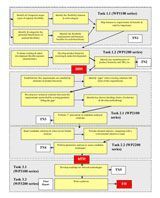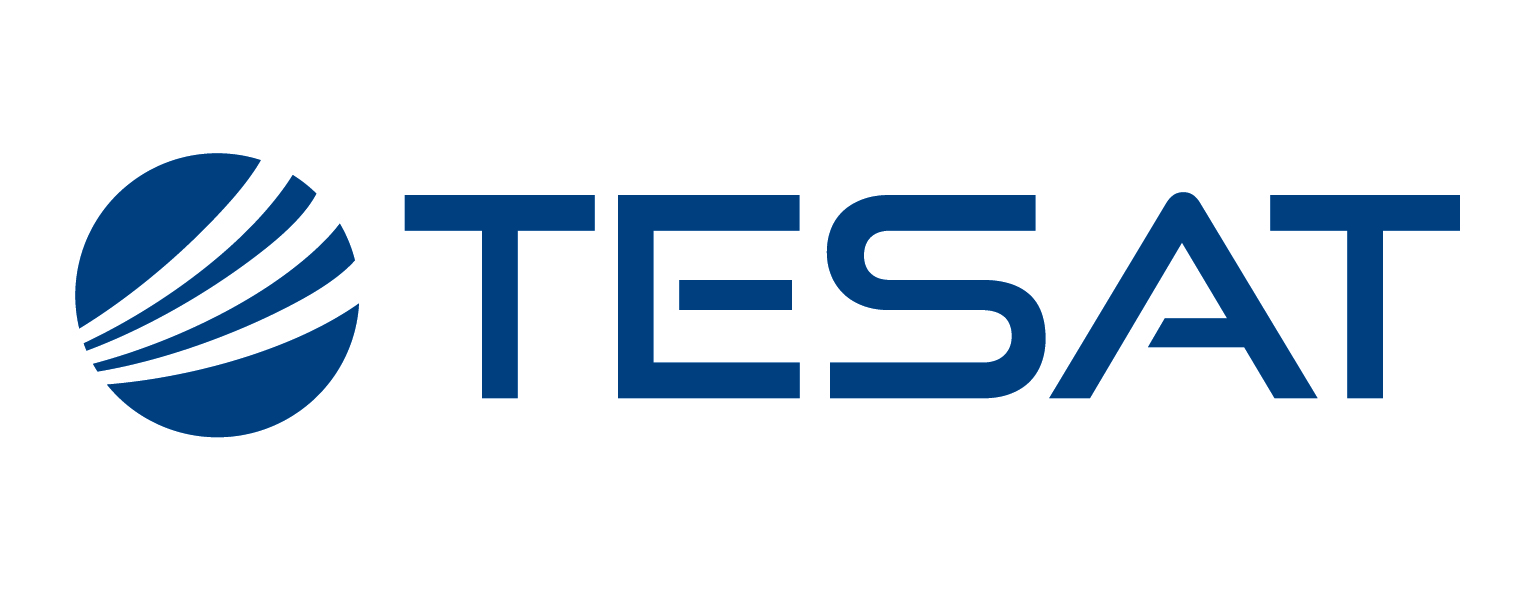
-
StatusCompleted
-
Status date2012-10-15
-
Activity Code1B.067
This study investigates technical solutions that will increase the flexibility of telecommunications payloads with specific focus on C/Ku and Ka-band multi-beam architectures. Flexible technology options under study include flexible MPMs, digital transparent processing, MPAs, agile downconverters, reconfigurable filters, and switching options. The study will identify the most promising solutions for development and provide a roadmap covering a ten year timeframe.
The objectives are:
- To categorise and quantify flexibility at telecommunications repeater level.
- To identify the technologies, types of equipment and related key performance requirements for future flexible telecommunication satellite repeaters.
- To quantify the benefits of new repeater architectures and equipment types with respect to conventional repeater designs.
- To provide a roadmap for critical repeater technology and equipment implementation covering a 10 year time frame, taking into account current and targeted performances.
The challenge for operators and manufacturers is to achieve improved repeater flexibility and performance without significant impact to complexity and cost. Satellite procurement schedules and technology risk profiles must also be consistent with commercial satellite communication service objectives.
Flexibility in-orbit is desirable as it can allow for increased capacity, reduction of commercial risk and allow for late changes to mission requirements. More generic design should also allow manufacturers to offer competitive benefits.
There are a number of flexible payload technologies which are or are becoming commercially available. The increased equipment cost or potential impact to performance compared to conventional equipment must be compensated by an equivalent return to the operator.
This study aims to assess the benefit of flexible repeater architectures and technologies in a bottom-up approach to identify solutions that will provide the greatest commercial return.
The study outcomes will provide clarity on which flexible payload technologies and architectures are likely to provide the greatest commercial benefit. This will consider all phases in the life-cycle of the satellite from the procurement though to in-orbit operation and key beneficiaries from manufacturers to operators.
The study output will assist ESA determine what flexible payload technologies should be prioritized in the ARTES 3,4,5 budget lines.
Astrium have assembled a team with expertise in payload, repeater and equipment level spanning in the UK, France, Germany and Canada.
The study will focus on C/Ku repeater architectures and Ka-band multi-beam repeater architectures. Traditionally flexibility can be included in the repeater architecture either at a low level e.g. switching between beams all the way through to high level e.g. using analog or digital processing.
The various flexible payload technologies that are available or under development enable the repeater designer to offer benefits for example via the ability to vary power and spectrum. Commercial advantages can also be obtained by use of more generic designs via volume considerations. The study takes a relatively simple approach firstly to look at the functional features flexibility enables, who benefits from these as well consolidating the European industry equipment status. By defining example repeater architectures, a comparative trade-off will be undertaken to assess these benefits in a step by step approach showing which technologies will have the greatest commercial benefit.
Five technical notes will be produced detailing each stage of the study as shown below.
This study intentionally excludes regenerative techniques, beam hopping and coverage flexibility as these are included in other ESA studies.
The Study is divided into three phases.
Phase 1 aims to identify and categorise flexibility requirements, beneficiaries and perform a ranking. In addition Phase 1 includes a survey of the current status of flexible repeater architectures and technologies.
Phase 2 performs a comparative analysis of the benefits of increasing levels of flexibility within the repeater architecture.
Phase 3 consolidates the work undertaken in order to provide the roadmap.
The above figure shows the logic of the study and the sequence of the tasks.







